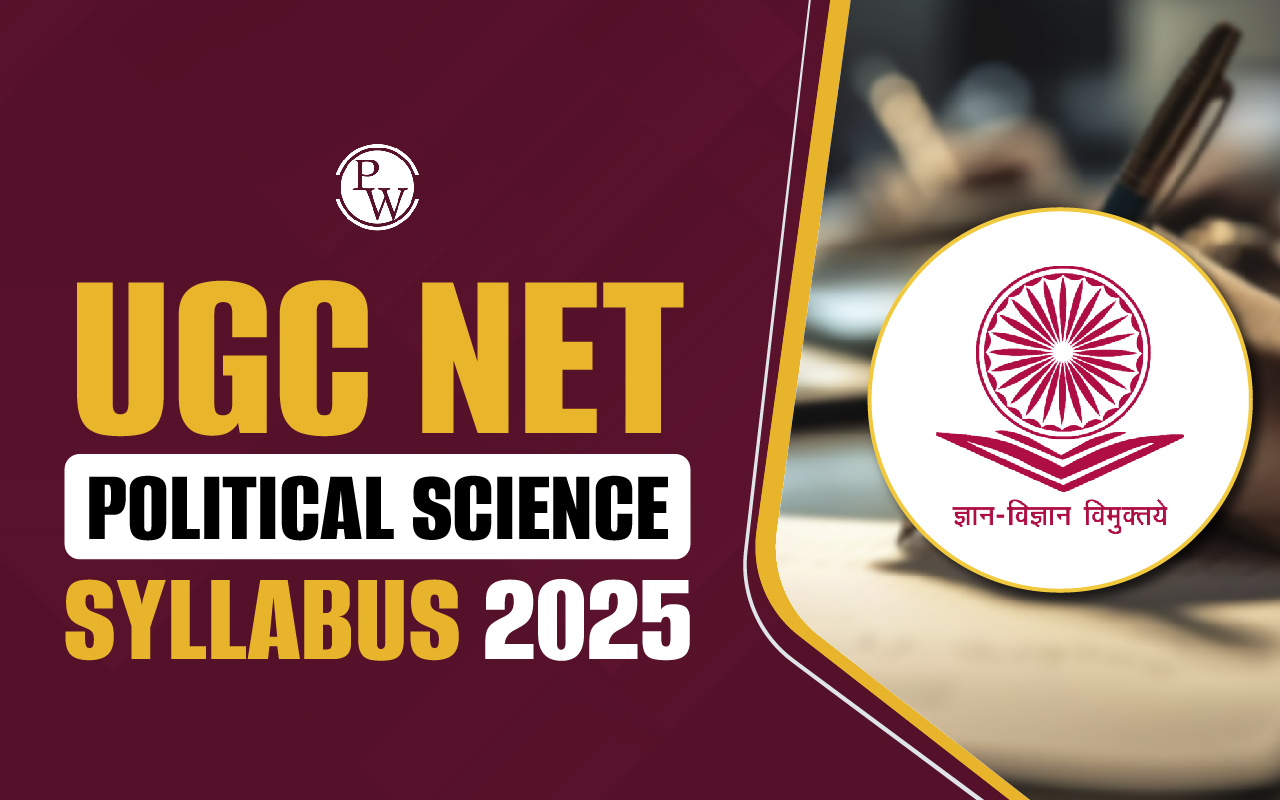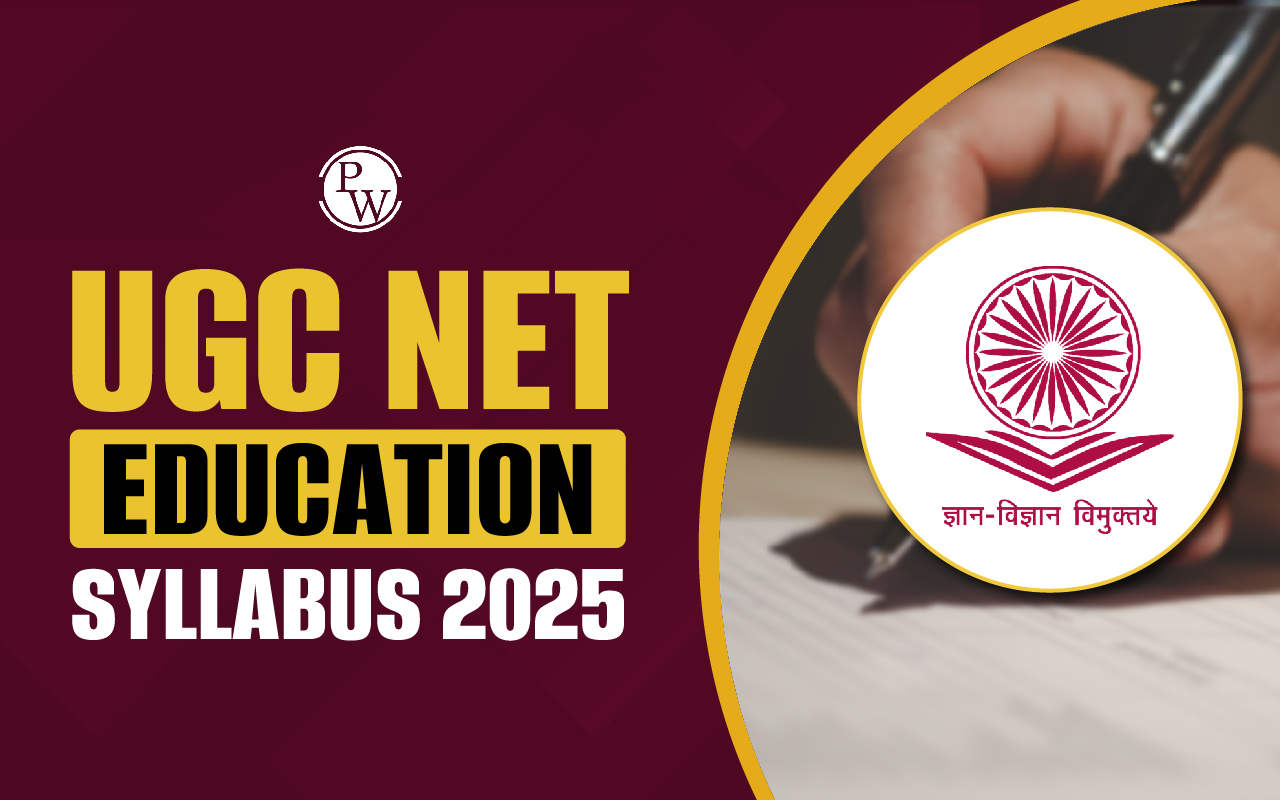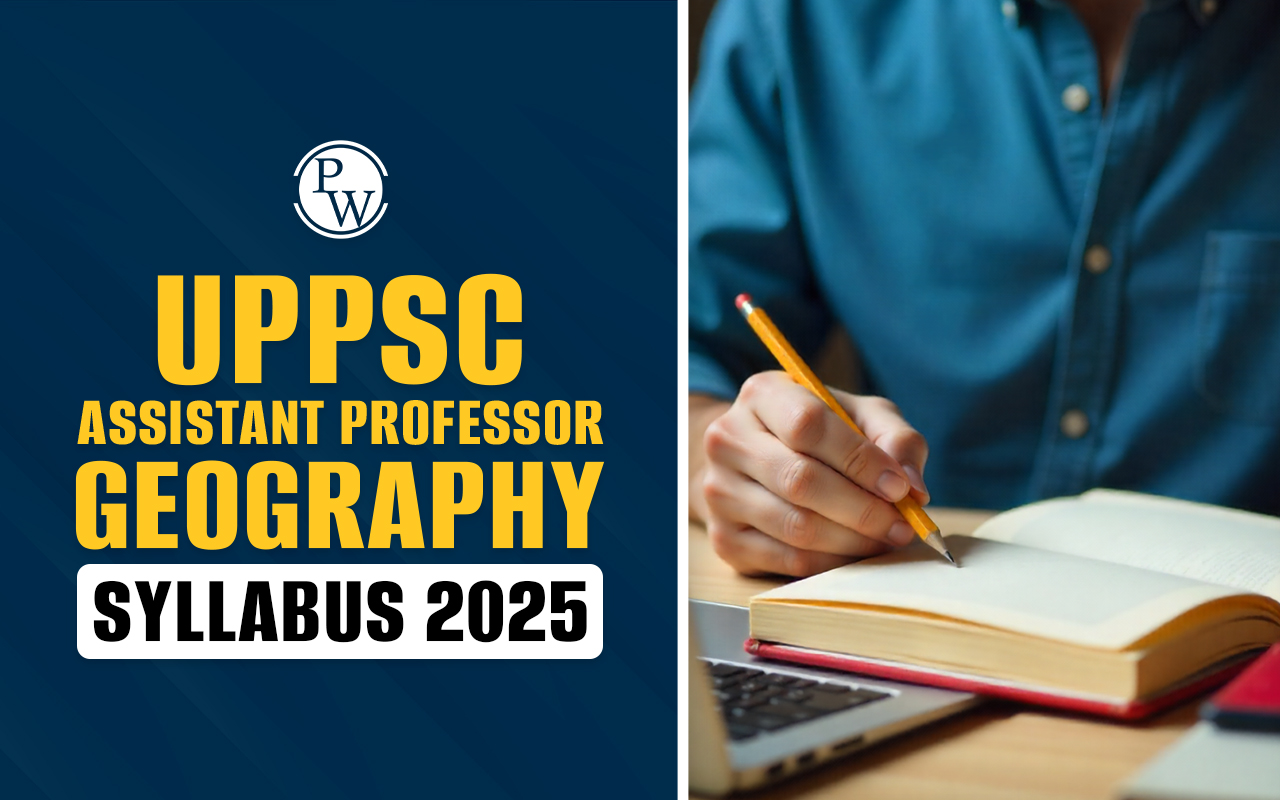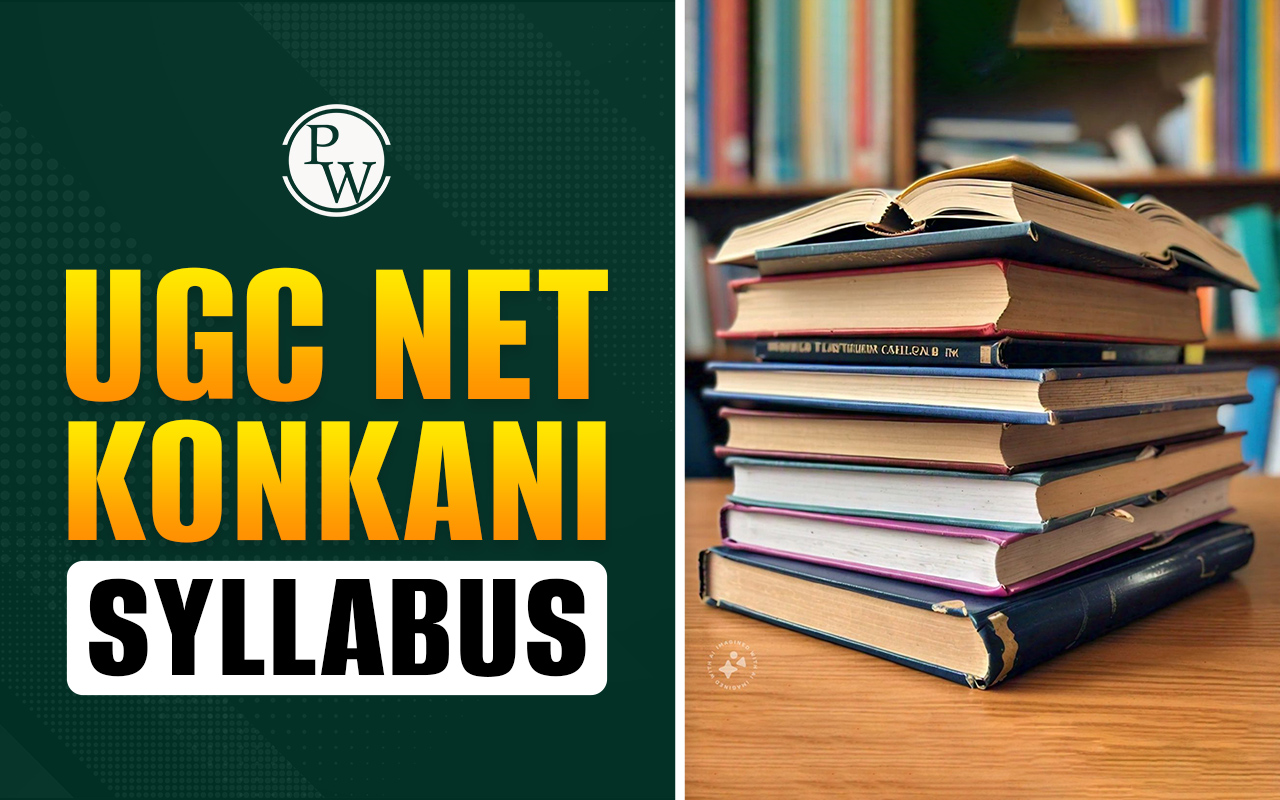

UGC NET Kannada Syllabus is the foundation for anyone aiming to clear the national eligibility test in Kannada. This exam, conducted by the National Testing Agency, determines eligibility for Assistant Professor roles and the Junior Research Fellowship (JRF). For students of Kannada literature and language, having a clear knowledge of the syllabus, exam structure, and marking scheme is the first step toward creating a strong preparation strategy.
Here, candidates can find the complete details of the UGC NET Kannada Syllabus, including the official PDF download link, exam pattern, topics, marking scheme, and practical preparation tips.
UGC NET Kannada Syllabus PDF
The official UGC NET Kannada Syllabus PDF is available for download from the NTA/UGC website. Candidates should download the syllabus and go through the unit-wise topics carefully before starting their preparation. The PDF contains the complete list of topics for Paper 2 (Kannada) along with the official exam framework. Here is the direct link to download UGC NET Kannada Syllabus:
UGC NET Kannada Syllabus Overview
With the UGC NET Syllabus overview for Kannada, candidates get a quick look at the exam structure, paper division, and marks distribution. As the test is conducted to evaluate both general aptitude and subject knowledge, candidates need to understand how Paper 1 and Paper 2 complement each other. Paper 1 focuses on teaching aptitude, reasoning, and comprehension, while Paper 2 focuses on Kannada literature, linguistics, criticism, and culture.
Paper 2 in Kannada covers the literature across early, mediaeval, and modern periods while also including folk literature, theatre, and studies. Knowing the exam pattern helps aspirants plan their preparation effectively. With this, aspirants can assign priorities to different sections and remain confident on exam day.
The exam is divided into two sections. Paper 1, General Aptitude, and Paper 2, Subject Paper, which includes subjects such as Kannada literature, criticism, linguistics, folklore, theatre, and cultural studies.
| UGC NET Kannada Syllabus Overview | |
| Particulars | Details |
| Exam Name | UGC NET 2025 |
| Conducting Body | National Testing Agency (NTA) |
| Paper Division | Paper 1, Paper 2 |
| Medium of Exam | Paper 1 is bilingual (English & Hindi). Paper 2 is in Kannada with English instructions if mentioned in the notification. |
| Question Type | Multiple Choice Questions (MCQs) |
| Total Marks | 300 |
| Duration | 3 hours (both papers combined) |
| Key Topics in Paper 2 | Kannada literature from early to modern period, linguistics, criticism, folklore, theatre, and cultural studies |
Note: Candidates are advised to always check with the official notification, as NTA may revise or update certain details.
Why UGC NET Kannada Syllabus Matters?
The UGC NET conducted by NTA determines eligibility for Assistant Professor and for Junior Research Fellowship (JRF). For Kannada aspirants, Paper 2 tests subject mastery, while Paper 1 evaluates general teaching & research aptitude. Knowing the exact syllabus helps prioritise study, make concise notes, and target practice.
UGC NET Kannada Syllabus (Unit Wise)
UGC NET Kannada syllabus is systematically divided into ten major units, covering the full scope of Kannada language, literature, and cultural studies. These units range from the origins of early Kannada literature to medieval and modern developments and also include areas like criticism, linguistics, folklore, theatre, and research methodology. Understanding the unit-wise structure is essential for candidates to organize their study plan, prioritize topics, and ensure balanced preparation for Paper 2. Below is a detailed summary of the units and their key areas.
| UGC NET Kannada Syllabus unit-wise summary | |
| Unit | Topics Covered |
| Unit 1 Early Kannada Literature | Origins and early phases: Jaina and other early writings, Apabhramsha influences, and early poetic formsMajor early authors and texts; socio-religious context |
| Unit 2 Medieval Kannada Literature |
|
| Unit 3 Modern Kannada Literature |
|
| Unit 4 Literary Criticism and Theory |
|
| Unit 5 Language and Linguistics | Grammar of Kannada: phonetics, morphology, syntaxSemantics, sociolinguistics, language evolution and dialectsLanguage change and influences |
| Unit 6 Folk and Oral Literature | Proverbs, folktales, ballads, folk songsRegional oral narrative forms and their cultural significance |
| Unit 7 Socio-Cultural Background | Historical and cultural context of Kannada literatureLinks between literature and social, religious, political histories |
| Unit 8 Drama, Performance and Theatre Studies | Development of Kannada theatre: traditional and modern forms Important playwrights, performance theory, stagecraft and dramaturgy |
| Unit 9 Comparative Literature and Translation | Trends in comparative study, inter-literary influencesTranslation theory, major translated works in Kannada and from Kannada |
| Unit 10 Research Methodology and Contemporary Issues | Research methods in literature and language studiesRecent critical trends, reception studies, digital humanities, contemporary debates |
UGC NET Kannada Exam Pattern and Marking Scheme
UGC NET Kannada Marking Scheme and exam pattern follow the standard NTA format with two papers conducted in a single session. Paper 1 tests general teaching and research aptitude, while Paper 2 is arranged with questions related to the subject knowledge in Kannada literature, linguistics, and cultural studies. Understanding the marks distribution helps candidates plan their preparation effectively.
| UGC NET Kannada Exam pattern & Marking Scheme | |||
| Paper | Questions | Marks | Time |
| Paper 1 (General Aptitude) | 50 | 100 | Total time for both papers: 3 hours |
| Paper 2 (Kannada — Subject) | 100 | 200 | |
| Total | 150 | 300 | 3 hours |
Marking scheme
-
Each correct response carries 2 marks.
-
No negative marking - Candidates can attempt all questions if they find their guess works can give them competitive edge.
How to Prepare for UGC NET Kannada?
Effective preparation for UGC NET Kannada exam needs a mix of syllabus study, smart planning, and consistent practice. Below are some practical tips to help candidates stay focused and cover all important areas systematically.
-
Start with the official syllabus: Use the unit list in the PDF as your checklist.
-
Build a timeline: Allocate early/mediaeval/modern literature blocks across weeks and reserve the last six to eight weeks for revision and past papers.
-
Read primary texts and critical essays: For major authors, read representative works and notable critical interpretations.
-
Make concise notes: Create unit-wise summary sheets (authors, movements, themes, important works).
-
Practice Paper 1 regularly: Just don’t ignore teaching & research aptitude, reasoning, and comprehension practice.
-
Solve previous years’ papers: This helps with question style, time management and frequently asked topics.
-
Focus on criticism & methodology: Literary theory questions often require application. Candidates should practice writing short critical answers.
-
Use authoritative sources: University publications, critical anthologies, Kannada Sahitya Parishad resources and the official syllabus document.












